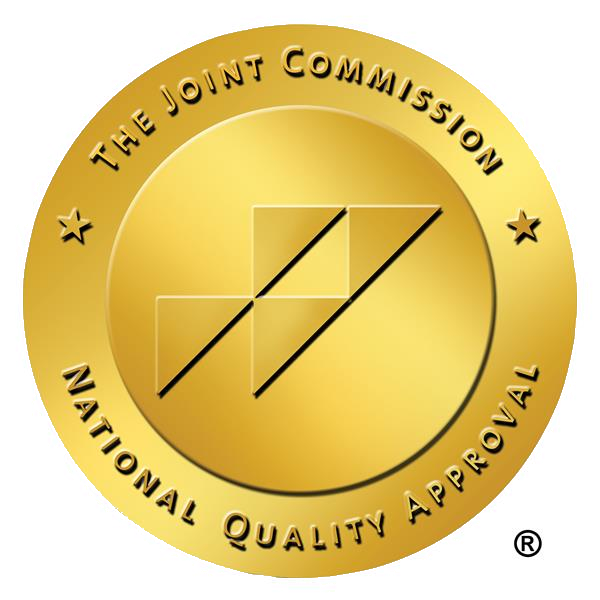Benzodiazepine Addiction Treatment
Benzodiazepines are commonly prescribed tranquilizers used for the treatment of muscle spasms, seizures, anxiety, and panic attacks.
Benzodiazepines are an effective treatment for anxiety disorders and panic attacks. However, these drugs are some of the most addictive substances in the pharmaceutical realm.
Below is more information on the benzodiazepine class of drugs, what they do to the brain, and what to do if you or someone you know experiences Benzodiazepine abuse.
Most Benzodiazepines come in pill or tablet form. Brands like Valium can become in a clear odorless liquid. Benzodiazepines are legal when they are prescribed by a medical doctor. However, there are many black market benzos that exist as well. Some street names for benzodiazepine drugs are Tranks, Bars, Downers, Sticks, Ladders, or simply benzos.
Some common Benzodiazepines include:
- Ativan
- Halcion
- Klonopin
- Librium
- Rohypnol
- Valium
- Xanax
What are Benzodiazepines?
Benzos are prescription drugs utilized for panic disorders, anxiety, insomnia, and seizures. They slow the connection between the brain and body by raising GABA levels in the brain. Inpatient and outpatient healthcare systems use them to calm the central nervous system.
There are several types of Benzodiazepine, but only a few are widely used or prescribed. Some common benzos are:
- Klonopin (Clonazepam)
- Valium (Diazepam)
- Xanax (Alprazolam)
- Ativan (Lorazepam)
- Librium (Chlordiazepoxide)
Some benzos are long-acting, while others only last a short term. For example, Klonopin has a much longer half-life than Xanax. The effects of the drug take a few more minutes to kick in but last longer than Xanax.
Side Effects
When used as directed, benzos can be lifesavers for mental health issues – despite some of the side effects they cause. The least troubling side effects are drowsiness and relaxation, as those reactions are what these drugs induce.
Severe effects of benzodiazepines include suicidal thoughts, memory loss, labored breathing, and difficulty concentrating. Higher doses of benzos are more likely to cause significant effects.
Benzodiazepines also have interactions with other drugs that could be life-threatening. Opioids, alcohol, and certain antidepressants have problematic interactions with benzos.
Benzodiazepine Addiction and the Brain
The risk of benzodiazepine addiction depends on several factors, such as the amount of the drug prescribed, if a person is predisposed to addictive substances, or has past substance abuse problems and long-term use.
Physicians prescribing these medications take the past health information of the patient into consideration. Usually, the positive effects of benzos outweigh the consequences of not taking them – especially if a patient has a debilitating condition.
Benzo addiction can happen in as little as two weeks, even with proper use. Benzodiazepine overdose symptoms include vision loss, fast heart rate, depression, and possibly death.
Physical Dependence
One of the first red flags of a drug problem is physical dependence, and benzos are no different. With regular use, Benzodiazepines gradually become tolerated by the body and lose their efficacy, even with already high doses.
A few indicators of physical dependence are:
- Asking family members for the drug
- Excessive drug use
- Doctor shopping
- Increase in alcohol consumption
Any one of these responses could indicate physical dependence, but the number one sign is withdrawal syndrome. Long-term users are most likely to experience Benzodiazepine withdrawal.
Withdrawal symptoms include seizures, coma, lack of coordination, and in severe cases, death. Valium and Xanax are the most commonly abused Benzodiazepines because of their short-acting onset and have the worst withdrawal symptoms.
Who Abuses Benzos?
Anyone can become addicted to Benzodiazepines. There is no stereotypical ethnicity, profession, socioeconomic status, or sexuality associated with a higher risk of Benzodiazepine addiction.
That said, some groups get prescribed benzos more than others. Women, for example, are more likely to take Benzodiazepines as a prescription.
Patients with a family history of drug addictions have a higher risk of developing a substance use disorder.
Benzo Treatment
Those suffering from a benzodiazepine addiction do not have to endure it alone. The National Institute on Drug Abuse states detoxification, therapy, rehabilitation, and tapering are all proven to help addiction.
Addiction treatment is expensive, but most insurance companies pay for at least some form of inpatient therapy. The treatment process is as follows:
- Detox
- Therapy
- Establishing family resources
Detox is the most challenging step during rehabilitation. Upon release from a treatment center, patients attend several weekly therapy sessions and have a concrete treatment plan to avoid relapse.
Takeaways
Benzodiazepines are safe if taken appropriately. However, patients with addictive personalities and mental health disorders may be more inclined to abuse benzos.
If you or a loved one is dealing with Benzodiazepine dependence, receive treatment as soon as possible to avoid lifelong effects.
Give us a call anytime day or night:
Give us a call anytime day or night:














